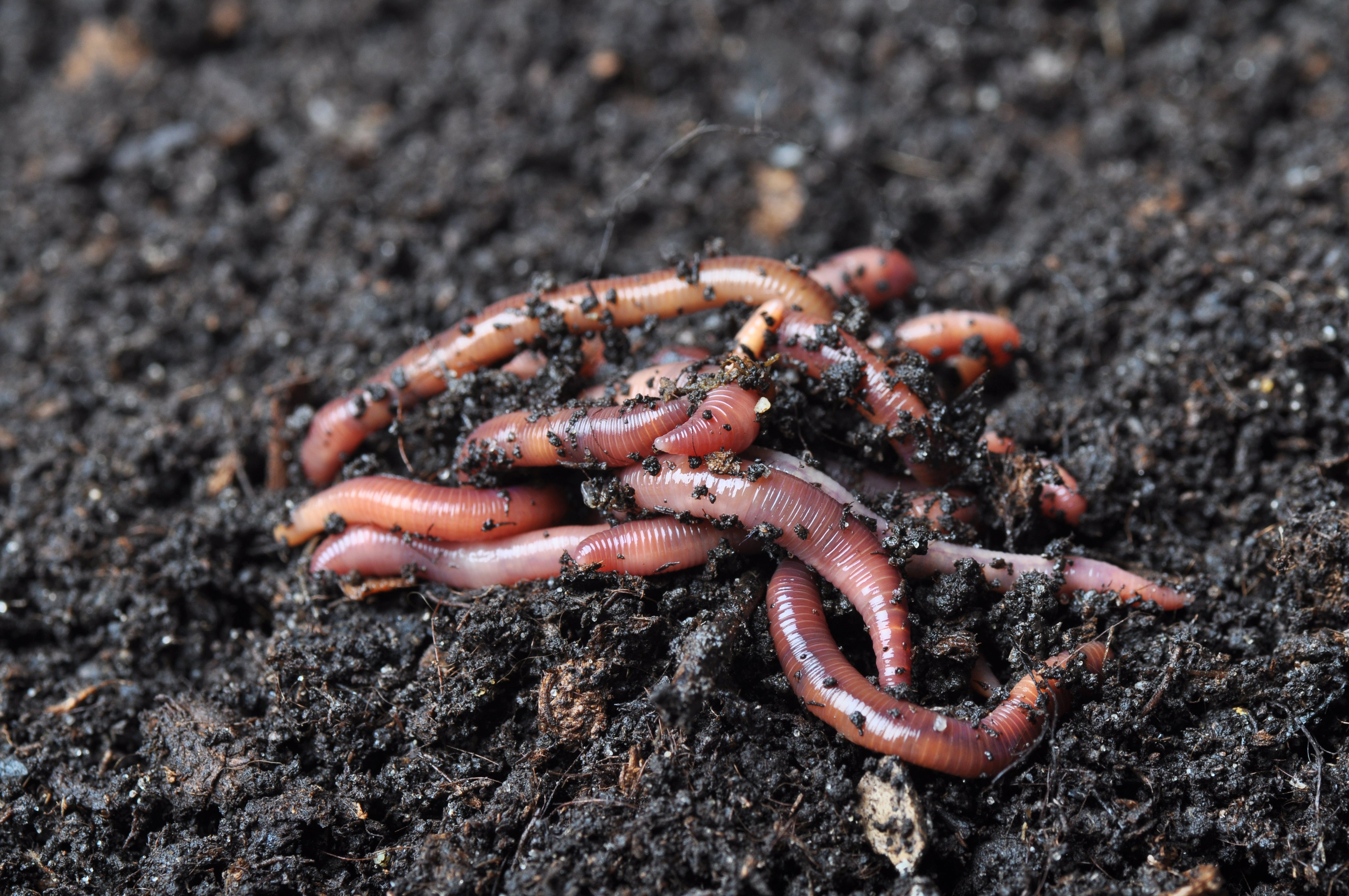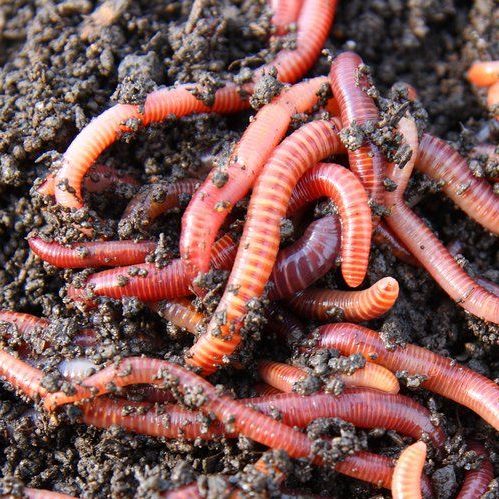Professional Lawn Care Services Powered by Lake Hickory Bait for Stunning Results
Professional Lawn Care Services Powered by Lake Hickory Bait for Stunning Results
Blog Article
Open the Secrets of Red Wigglers: Your Guide to Composting Success
The integration of red wigglers right into composting methods provides a significant chance for boosting soil health and wellness and promoting sustainability. These organisms are not simply efficient recyclers of organic waste; they provide a myriad of benefits that can transform yard monitoring. Recognizing their demands and actions is crucial for maximizing their possibility, from establishing up an ideal worm container to feeding them the ideal materials. As we explore the important components of effective vermicomposting, one could question exactly how these small animals can bring about a more lively and efficient garden ecosystem.

What Are Red Wigglers?
(Red Wiggler Express)Red wigglers, medically referred to as Eisenia fetida, are a species of earthworm largely used in composting due to their impressive capability to decay raw material effectively. These worms are characterized by their reddish-brown pigmentation and a segmented body, normally measuring in between 3 to 4 inches in length. Unlike various other earthworm species, red wigglers prosper in rich, organic settings, making them optimal for vermicomposting systems.
Belonging To North America, they are often discovered in decomposing leaves and compost heap, where they play an important duty in nutrient recycling. Their adaptation to residing in a moist, cardio setting allows them to take in huge amounts of natural waste, breaking it down right into nutrient-rich spreadings that boost soil health.
Red wigglers replicate swiftly, with a single worm with the ability of producing a number of cocoons weekly, each including multiple hatchlings. This fast reproduction price adds to their effectiveness in composting procedures. They choose temperatures in between 60 ° F and 80 ° F, and their task degree increases substantially within this array, more aiding in the decay process. Comprehending the biology and actions of red wigglers is essential for maximizing their capacity in composting applications.
Benefits of Using Red Wigglers
Utilizing the power of red wigglers in composting provides various benefits that enhance soil health and promote lasting waste monitoring. These impressive microorganisms successfully damage down natural matter, changing kitchen area scraps and lawn waste into nutrient-rich vermicompost. This finished product is incredibly beneficial for plant development, as it boosts soil structure, increases dampness retention, and boosts nutrition accessibility.

(Lake Hickory Bait)Additionally, the visibility of red wigglers in your composting system can speed up the composting process, generating top notch compost in a portion of the time contrasted to standard methods. The spreadings produced by these worms are additionally bursting with advantageous microbes that additionally enrich the soil ecosystem.
Establishing Up Your Worm Bin
Producing an effective worm container is a straightforward procedure that can significantly improve your composting efforts. The initial step is choosing an ideal container. Worm bins can be made from plastic storage bins, wooden boxes, or readily offered worm containers. Make certain the container has appropriate water drainage and ventilation openings to maintain optimum moisture levels and airflow.
Next, prepare the bed linens material, which offers as the worms' environment. A mix of shredded paper, cardboard, and coconut coir functions well, providing a comfortable setting for the worms.

Feeding Your Red Wigglers
To make certain the health and wellness and efficiency of your red wigglers, it is important to give them with a well balanced diet that fulfills their nutritional needs. Red wigglers prosper on a diverse selection of organic materials, which not just supply needed nutrients but additionally promote reliable composting.
Begin by incorporating kitchen area scraps such as vegetable peels, fruit cores, and coffee premises. Prevent citrus fruits, onions, and garlic, as these can be detrimental to worm health. Additionally, introduce shredded paper, cardboard, and dry fallen leaves to produce a well-aerated atmosphere.
Feeding frequency should be monitored; generally, worms can eat half their body weight in food weekly. It is vital to stay clear of overfeeding, as excess food can cause unpleasant odors and bring in parasites. A good practice is to include food in percentages, permitting worms to refine it before presenting extra.
Keeping dampness levels is likewise crucial; the bedding ought to be moist yet not soggy. Lastly, make certain to frequently inspect the temperature and pH degrees of the bin to ensure an optimum atmosphere for your red wigglers, ultimately improving their composting effectiveness.
Harvesting and Making Use Of Compost
A successful composting process with red wigglers culminates in the abundant, dark garden compost referred to as vermicompost, which can substantially improve soil health and plant development. Collecting this nutrient-dense product usually happens every three to 6 months, relying on the size of your system and the amount of natural issue being processed.
To harvest, delicately separate the compost from the worms and any kind of undecomposed materials. One effective approach includes moving the materials of the container to one side and including fresh bed linen and food to the empty room, motivating the worms to migrate. After a couple of days, the compost can be accumulated from the opposite side.
It is vital to utilize vermicompost appropriately to maximize its advantages. It can be utilized as a leading dressing for yard beds, blended into potting dirt, or brewed right into a nutrient-rich liquid plant food called "worm tea." This application approach helps to supply vital nutrients straight to plant roots, advertising healthier development. By incorporating vermicompost right into your gardening program, you not only why not try these out recycle natural waste but additionally create a successful community that sustains sustainable gardening techniques.
Verdict
In summary, red wigglers serve as extraordinary allies in composting initiatives, changing organic waste into nutrient-rich vermicompost. By comprehending the ideal conditions for their habitat, feeding requirements, and compost harvesting techniques, gardeners can boost dirt wellness and advertise plant vigor.
Report this page